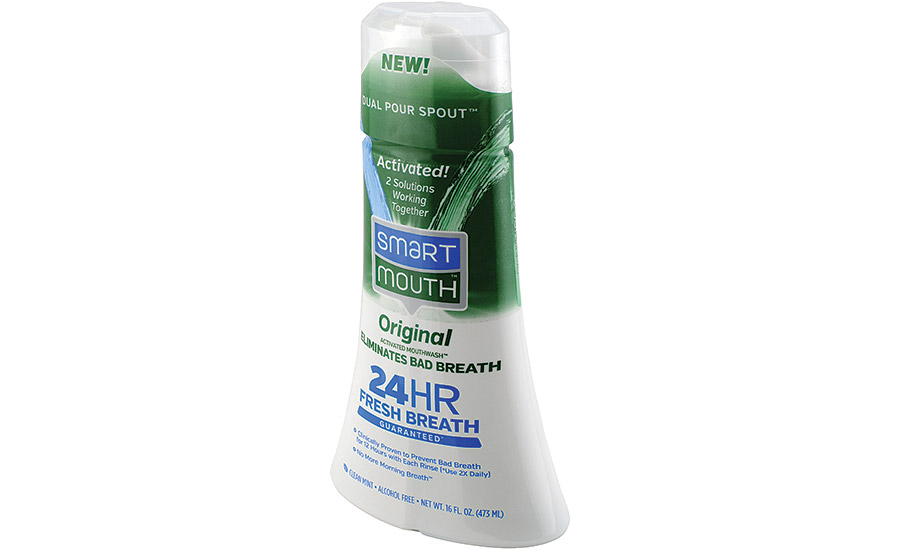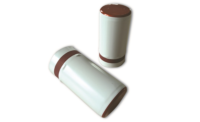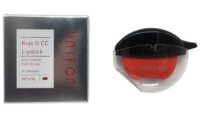Cover Story Case Study
Mouthwash packaging breaks new ground

SmartMouth Mouthwash is a unique, dual-bottle delivery system that allows consumers to mix two solutions together prior to dispensing so that each time it’s used, the ingredients are freshly activated for lasting results.
Enhancing the consumer experience influenced every decision made on a mindful path to the successful manufacturability and commercialization of SmartMouth™ from Triumph Pharmaceuticals Inc. SmartMouth Mouthwash is a unique, dual-bottle delivery system that allows consumers to mix two solutions together prior to dispensing so that each time it’s used, the ingredients are freshly activated for lasting results. Solution #1 contains an odor eliminator and solution #2 contains zinc. When mixed together, it releases a huge number of zinc ions. Zinc-ion technology blocks germs’ ability to ingest protein particles which means no new sulfur gas production and therefore no new bad breath. Prior to use, the two solutions must be stored in two separate PETE (polyethylene terephthalate) bottles to avoid cross contamination.
For Triumph, the objectives and success criteria targeted to enhance the consumer experience included ease of use and aesthetic appeal. Also important were maintaining the current retail footprint and having a unique design that set them apart on shelf.
Brent Dellay, VP of product management and development at Triumph explains, “It looked a bit cumbersome before and it didn’t always function like it should. Customer complaints were 100% about function. Not the product. So, we knew if we alleviated this, our customers would be willing to use our product and keep using it. And alleviating objections would lead to increased market share. The challenge was that in order for the product to work, we had to have two solutions stored in separate bottles that are combined for the science to work.”
“Keeping our retailers happy was important,” according to Ron Kappauff, vice president of sales and marketing at Triumph Pharmaceuticals. He explains further that retailers were interested in a trade up by consumers, a high margin, repurchase rate and maintaining the current footprint. And although the package ended up slightly taller, it fortunately did not affect the footprint.
Overcoming packaging obstacles
Business innovation and product design firm, Nottingham Spirk (nottinghamspirk.com) was hired to redesign the existing package and the result was something consumers had never seen before – it involved eight different components. These included two PETE bottles, a PETG stage (patent pending), a foil seal, a foil protector, a spout (patent pending), an overcap and a shrink sleeve. Previous to this new design, the bottles were not connected by a shrink sleeve but were sold together in one box.
While Nottingham Spirk was confident that the design was doable, several manufacturers (about a half dozen) thought not. That’s when TricorBraun’s (tricorbraun.com) team stepped in to lead the way. A packaging consultant, a project manager, a quality engineer, and the technical services team along with the engineering team in Asia that could build unit cavities, provided the knowledge, experience and resources needed. But TricorBraun still needed a partner that was willing to take on the manufacturing challenge that so many had turned down. Currier Plastics, Inc. (currierplastics.com) was that partner.
Eight different package components meant six different potential leak points requiring extensive testing and validation. Leak analysis, dimensional analysis, foil analysis and spout application were just a few of the areas that were tested and adjusted as needed. Communication and interaction by all parties including TricorBraun’s US and China offices, Triumph, Nottingham Spirk, Currier and the co-packer were crucial.
“TricorBraun folks are experienced, knowledgeable and know what is possible. They have the right resources and the right people to get the job done,” says Andrew Burch, CEO, Triumph Pharmaceuticals.
The million dollar question
According to Matt Ramsdell, director of project engineering at TricorBraun, the million dollar question asked repeatedly by the team was, “Is it functional?” TricorBraun validated the dimensions of every part and fit.
“The stage was definitely the most difficult. The product wasn’t blowing out the tubes so we had to open the gate in the tools so that more plastic could go in. Even though the manufacturing would be done here, we were able to keep costs down with molds and injection parts by utilizing Asia location. The tweaks to the design took about three months and functional testing took about seven months,” explains Ramsdell.
Ramsdell goes on to say, “It was definitely a unique situation. The challenges could not be viewed in isolation of one another and every component needed changes. We knew from the start that the PETE bottle material with a PETG plug seal would be a challenge. While polypropylene would have worked well because of its pliability, it was not compatible with the product’s ingredients so there really was no other option. We had to grow the diameter of the plug seal to avoid leakage. The foil was also changed for a cleaner pull. Our focus was to validate that all changes made did what we intended them to do.”
Triumph knew that they were technically challenged and would make many decisions during the course of a full year. Tweaks were left to TricorBraun to handle and there were continuous face-to-face interactions and weekly calls with all parties. Chief engineer, Jim Lo and the TricorBraun team in Asia owned the improvement process and were able to keep cost of molds and injection parts down.
Production lines have been in full swing since January 2016. Per Triumph’s direction, TricorBraun has continued to tweak the package throughout the process to enhance the consumer experience and the continuous improvement program will focus on improving line speed. According to the Triumph team, it is important to consider that the consumer has never seen this design before. It is also important to note that while experienced consumers can open the package in 35-40 seconds, a novice might take a few minutes. Ease of use becomes essential to repeat purchases. In this regard, the continuous improvement program is that much more important.
Looking for a reprint of this article?
From high-res PDFs to custom plaques, order your copy today!






